What is Cross Staff? its 3 Types, History, and Working
The cross-staff is an instrument that is used to measure altitudes and angles consisting of a trigonometrically graduated staff and over it, one or more perpendicular vanes are moving.
To measure altitude or the distance of an object above sea level or the horizon the cross-staff is used and it is an early navigational tool.
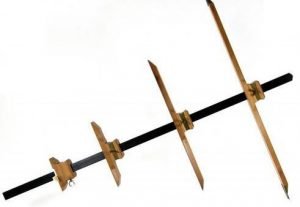
For measuring the altitude of the sun and for finding the latitude by measuring the altitude of the polar star, the instrument was mainly used.
History:
By the Jewish philosopher and scientist Levi Ben Gerson, cross-staff was described in about 1342 and for astronomical and surveying purposes it is originally used. In the 16th century, it became a mariner’s navigational instrument.
From its look and shape the cross-staff gets its name and it was with four different sized movable crosspieces and about 3 feet long. To determine altitude a navigator would hold it near his eye and take measurements.
Types of Cross Staff:
There are three types of cross-staff as given below;
- Open Cross Staff
- French Cross Staff
- Adjustable Cross Staff
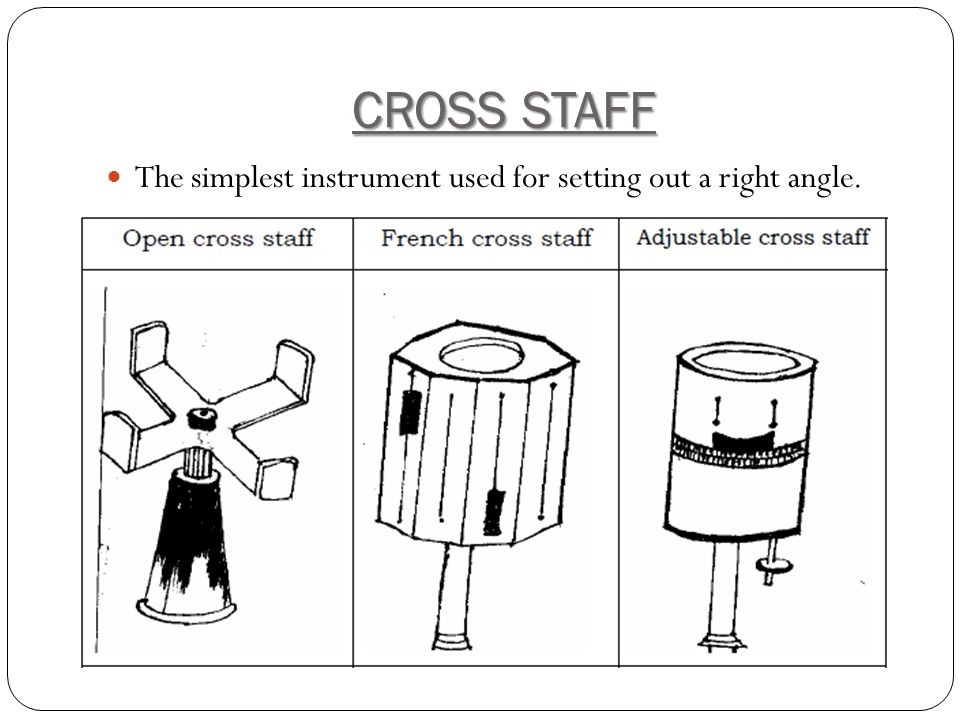
Open Cross Staff:
The open wooden cross-staff is the simplest form of cross-staff and it consists of about 4cm thick round or square piece of wood and in diameter varying from 15cm to 30cm. Given two lines of sight, the disc is provided with two saw cuts about 1 cm deep at right angles to each other.
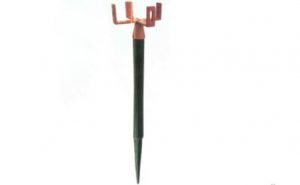
The metal arm cross-staff is the modified form of the open cross-staff in which sighting through at right angles to each other wooden head is replaced by four metal arms with vertical slits.
French Cross Staff:
French cross-staff consists of an octagonal brass tube with slits on all eight sides and on each of four sides, it has an alternate vertical sighting slit and an opposite vertical window with a vertical fine wire. For setting out right angles, these are used and sights are about 8 cm.

It may be mounted on the pointed staff when in use because it carries a socket at the base and it is not as accurate as the open cross-staff due to the sights being too close.
How many faces does a french cross staff have?
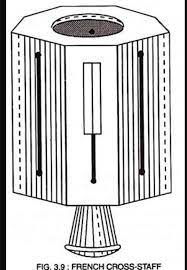
Answer: The French Cross Staff has Eight Faces on it. Each Face is connected to the other with a 45 Degree Angle.
Adjustable Cross Staff:
Adjustable cross-staff consists of a brass cylindrical tube about 8 cm in diameter and 1 cm deep. By a circular rack, the upper cylinder can be rotated relative to the lower one, and by screw, the pinion arrangement is actuated. With sighting slits, both are provided as the upper one carries a vernier while the lower part is graduated to degrees and subdivisions.

For setting out angles of any magnitude it may be used and it may serve to take the bearing of the line because it has a magnetic compass at the top.
Working of Cross Staff:
Up to 90o, 60o, 30o, and 10o, the sides of the cross-staff were usually marked with degree scales, which helps determine your angle.
The user would also have four crosspieces of varying lengths and based on the height of the angle being measured, navigators would typically use only one at a time it also measures angles up to 90o, 60o, 30o, and 10o and also known as transoms.
At one end of the primary staff against his cheek, the navigator is placed to observe the sun, Polaris, or another bright star, and the transom is adjusted so that the bottom edge touches the horizon and the top of it aligns with the celestial object.
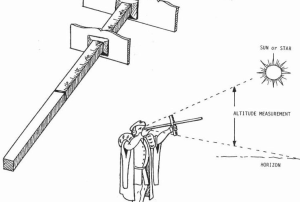
By the point where the main staff between the transom matches the degree scale, the altitude is determined and the navigator will use charts and maps to determine his latitude from here.
We Love CricketAdd a Comment
Cancel reply
You must be logged in to post a comment.

So helpful for diploma students
It is so clearity of information